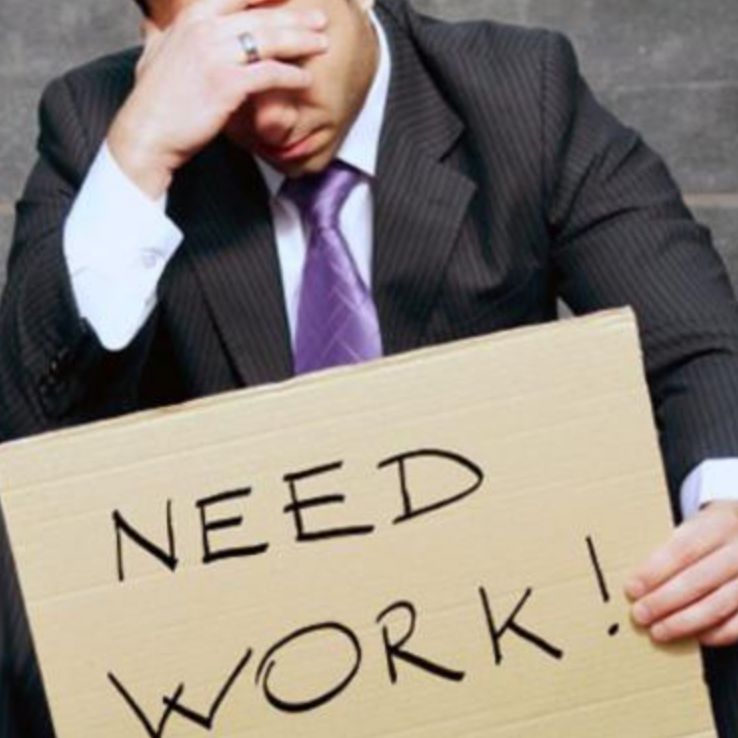Crash Anniversary Thought: Work ≠ Employment
On the tenth anniversary of the start of the Financial Crash, Michael Goldfarb looks at work and employment. Are they the same thing?
We are told we will have to work longer – in Britain last week it was announced that the age at which Britons in their 40’s could collect their state pensions – social security – would be going up to 68.
Work longer, but will we be employed longer?
It is all well and good if people are living longer that they stay in the work force longer but it would be jolly nice if the government told that to employers, almost all of whom seem keen on getting rid of their employees once they get past 55. When you add in all the stories about robots doing most forms of work by the time those in their 40s are eligible for their pensions, there seems to be some contradictions that need to be resolved.
The unemployment rate today – midsummer 2017 – is 4.3% in the US (4.5% in the uk)
In the 1960’s the golden era of the American economy, 4.3% was full employment and economic contentment. Numbers are pure in their value but data is not. 4.3% unemployment today is not the same as 4.3% unemployment back then. Today you are counted as employed if you work one hour or 40 during a week. Back then 40 hours was the standard.
A quarter of the jobs added in the most recent monthly report in the US were in restaurants and bars. Hospitality is not an industry for building a career, Waiting table, tending bar are good gigs for people on the way to something else or for folks who need a little cash infusion every day – I’ve worked for tips and I urge everyone who hears this to be generous – But you wouldn’t want to build a society in which more people work for tips than work at a steady job, manufacturing something or developing specialist knowledge that can be exported. And yet that seems to be the direction in which the Anglo-American economies are headed.
Robots are doing the heavy lifting in manufacturing and as we keep being told in the technology press, they are coming for the jobs of paper pushers next.
Since the Crash we live in an era of pre-emptive downsizing. Within four months of Lehman’s going bust 1.9 million people were laid off in America. Most did not work in financial services. Employers in enterprises of all sizes in many different areas of the economy took advantage of the event to cut payrolls, “reduce headcount,” etc. Many of the new jobs created since that nadir have been in part-time work.
We have entered a new epoch in which you will, if you are lucky, have a 20 year window of full-time employment and can lay the foundations for the stability that comes with it: buy a house, set aside for retirement, educate your children.
Michael Goldfarb answers his own question. Listen to FRDH podcast and find out the answer.
The FRDH Podcast is hosted by internationally acclaimed journalist Michael Goldfarb and is about History. The History he has reported on; the History he has written about; and the long History he has lived.
You can subscribe to the podcast on iTunes, YouTube and Soundcloud, and you can follow us on Facebook and Twitter.
You can also donate to keep the episodes coming.
